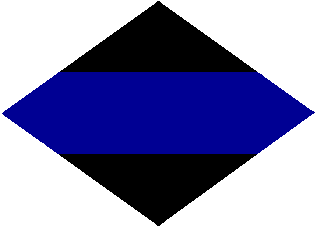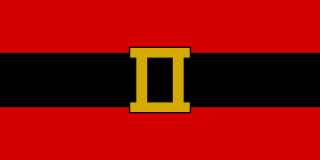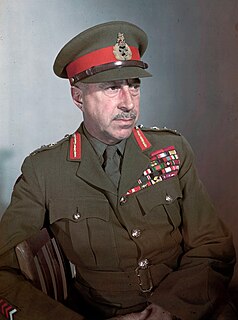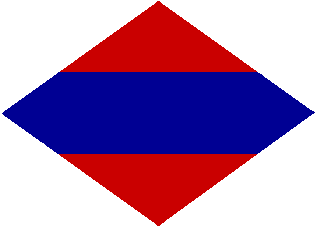The Canadian Corps was a World War I corps formed from the Canadian Expeditionary Force.
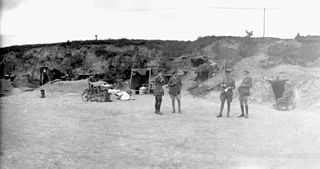
The Canadian Corps was a World War I corps formed from the Canadian Expeditionary Force in September 1915 after the arrival of the 2nd Canadian Division in France. The corps was expanded by the addition of the 3rd Canadian Division in December 1915 and the 4th Canadian Division in August 1916. The organization of a 5th Canadian Division began in February 1917 but it was still not fully formed when it was broken up in February 1918 and its men used to reinforce the other four divisions.

World War I, also known as the First World War or the Great War, was a global war originating in Europe that lasted from 28 July 1914 to 11 November 1918. Contemporaneously described as "the war to end all wars", it led to the mobilisation of more than 70 million military personnel, including 60 million Europeans, making it one of the largest wars in history. It is also one of the deadliest conflicts in history, with an estimated nine million combatants and seven million civilian deaths as a direct result of the war, while resulting genocides and the 1918 influenza pandemic caused another 50 to 100 million deaths worldwide.

Corps is a term used for several different kinds of organisation.
Canadian Corps may also refer to the following:
- Canadian Corps (World War II), the unnumbered Canadian Corps formed during World War II
- I Canadian Corps, a Canadian Army corps in World War II that fought in Italy and the Netherlands
- II Canadian Corps, a Canadian Army corps in World War II that fought in France, Belgium, the Netherlands and Germany
- Canada Corps, a volunteer group from Canada
The unnumbered Canadian Corps was the first corps-level military formation established by the Canadian Army during the Second World War between late 1940 and mid-1942. A four-division Canadian Corps had existed during the First World War. However, during World War II Canada's military contribution was to increase to the scale of a five-division, two-corps army and the formation was eventually redesignated as I Canadian Corps on April 6 1942.

I Canadian Corps was one of the two corps fielded by the Canadian Army during the Second World War.

II Canadian Corps was a corps-level formation that, along with I (British) Corps and I Canadian Corps, comprised the First Canadian Army in Northwest Europe during World War II.
| This disambiguation page lists articles associated with the title Canadian Corps. If an internal link led you here, you may wish to change the link to point directly to the intended article. |

